If you’ve ever watched your cat crouch low before launching into an epic pounce at a feather toy, you might have glimpsed something extraordinary. Hidden beneath those playful antics lies an ancient blueprint, one that connects your living room hunter to the fastest predator on Earth.
Your domestic cat carries the genetic legacy of millions of years of evolution. Until quite recently, cats were mainly kept to control rodent populations rather than as pets, and during this time, only the best hunters survived and reproduced, meaning that our pet cats today descended from the most adept hunters. There’s been very little selective breeding of cats, so their instinctive need to hunt remains strong. What’s fascinating is how this ancient programming manifests in modern feline play, creating surprising parallels with their wild African cousins.
The Crouch and Stalk Sequence
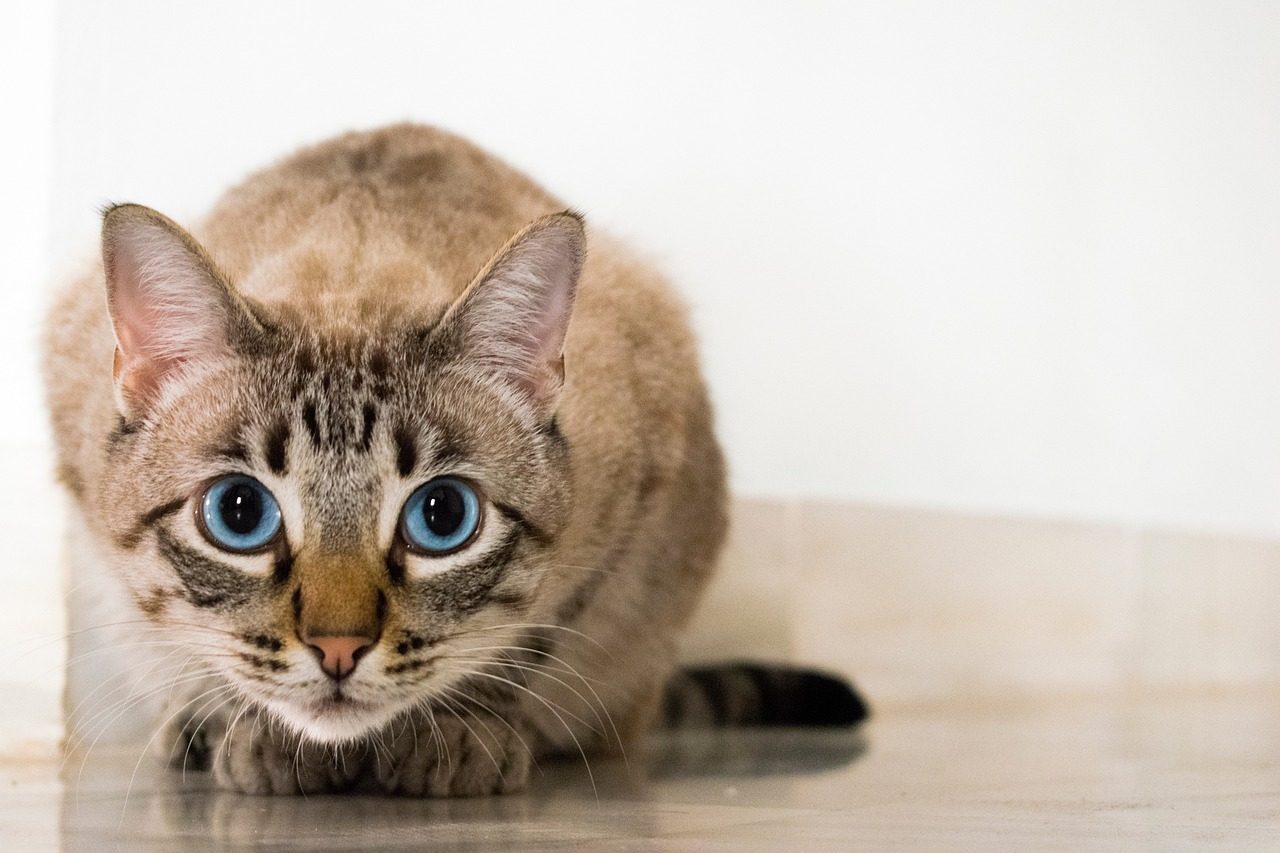
Cats commonly follow a set sequence of behaviours when hunting prey: … Cats usually approach their prey by stalking them, which involves the cat moving in a crouched position with their head outstretched. Slow movements are used on the initial approach, which may speed up to a sprint the closer the cat gets to their prey. This exact pattern emerges when your cat plays with toys. If you watch a cat play at home, they will often mimic hunting behaviors. A cat will wait, ambush its toy, then roll around with it, and bite at it.
Cheetahs employ remarkably similar stalking techniques. Hunt by sight · May watch a herd from vantage point · Termite mounds, trees, or other high points used to scan for prey · Silently stalk prey · Use cover to obscure movements · Creep as close as possible, in a semi-crouched position The low crouch you observe during your cat’s playtime isn’t random behavior. When stalking prey, cheetahs will often keep exceptionally low to the ground (enabled by their size and vertical shoulder blades) and move slowly until they are close enough to make a sudden dash for their target.
Both cats demonstrate this instinctive understanding that success depends on getting close before the explosive final moment. Since cheetahs are only able to chase their prey a few hundred yards at such fast speeds, they must get very close to their meal before beginning their chase. They have to employ the tricks of hunters everywhere – moving low in the grass, approaching from down-wind, and sometimes using small rises in the land to disguise their approach.
The Telltale Butt Wiggle
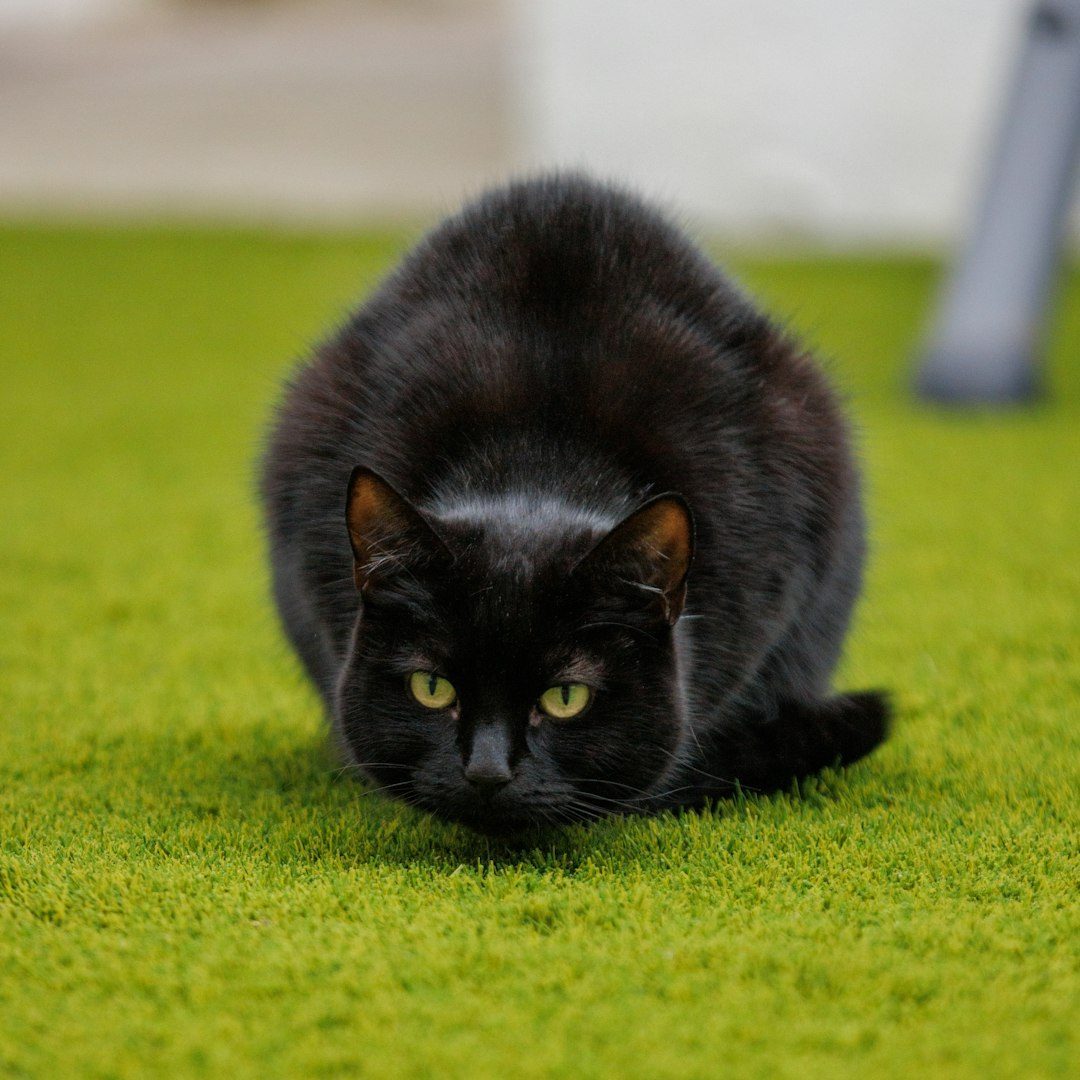
Perhaps no cat behavior delights owners more than the pre-pounce butt wiggle. After stalking and finding prey, a cat may focus her stare and start wiggling her butt before the big leap occurs. Although this butt wiggle can seem really funny, it is actually a crucial step. Wiggling and adjusting their back end helps ground them to get a good leap. This seemingly silly movement serves a vital biomechanical purpose.
Cats will size up their target and adjust the force needed to have a solid pounce and take down the prey. Larger prey may require more wiggling or longer shaking in order to get the energy and balance needed to land the leap and pounce on the prey. Your cat’s wiggling before attacking that catnip mouse reflects the same calibration system cheetahs use in the wild.
Though cheetahs might not display the exact same wiggle, they demonstrate similar preparation behaviors. While stalking their prey, predators get as far down on their haunches as possible as soon as they’re ready to pounce. This allows them to store energy in their tendons, that enables them to close what distance is left in a heartbeat. Both species understand that precise preparation determines hunting success.
The wiggle represents a moment of intense calculation. Your cat processes distance, trajectory, and force requirements just like cheetahs assess their final approach before the explosive sprint that can reach speeds over sixty miles per hour.
Lightning-Fast Burst Execution

The most obvious parallel between cat play and cheetah hunting lies in the explosive burst of speed. As the cat gets close enough to catch the prey, they stop and prepare to spring forward. At this point, the cat may hold themselves in a tense position before a brief sprint and spring forward to strike the prey with one or both of their front paws. This burst behavior mirrors the cheetah’s legendary acceleration.
Widely known as the fastest terrestrial animal with running speeds reaching 61–64 miles per hour (98–103 km/h; 27–29 m/s), cheetahs take advantage of their speed during chases. However, their speed and acceleration also have disadvantages, as both rely on anaerobic metabolism and can only be sustained for short periods of time. Studies show that cheetahs can maintain maximum speed for up to a distance of approximately 500 yards (460 m), which is only about 20 seconds of sprinting, before fatigue and overheating set in.
Your cat’s play demonstrates this same principle of intense, brief energy expenditure. The University of California, Santa Cruz reports that research on mountain lions shows that these large wild cats do not have much endurance and instead store up energy and exert just the right amount depending on the size of their prey. Domesticated cats are very similar. Cats usually aren’t looking to chase prey for long periods of time.
Watch your cat during an intense play session. Those sudden sprints across the room followed by periods of rest echo the cheetah’s hunting strategy perfectly. Both species have evolved to maximize impact through concentrated bursts rather than sustained effort.
The Patient Waiting Game
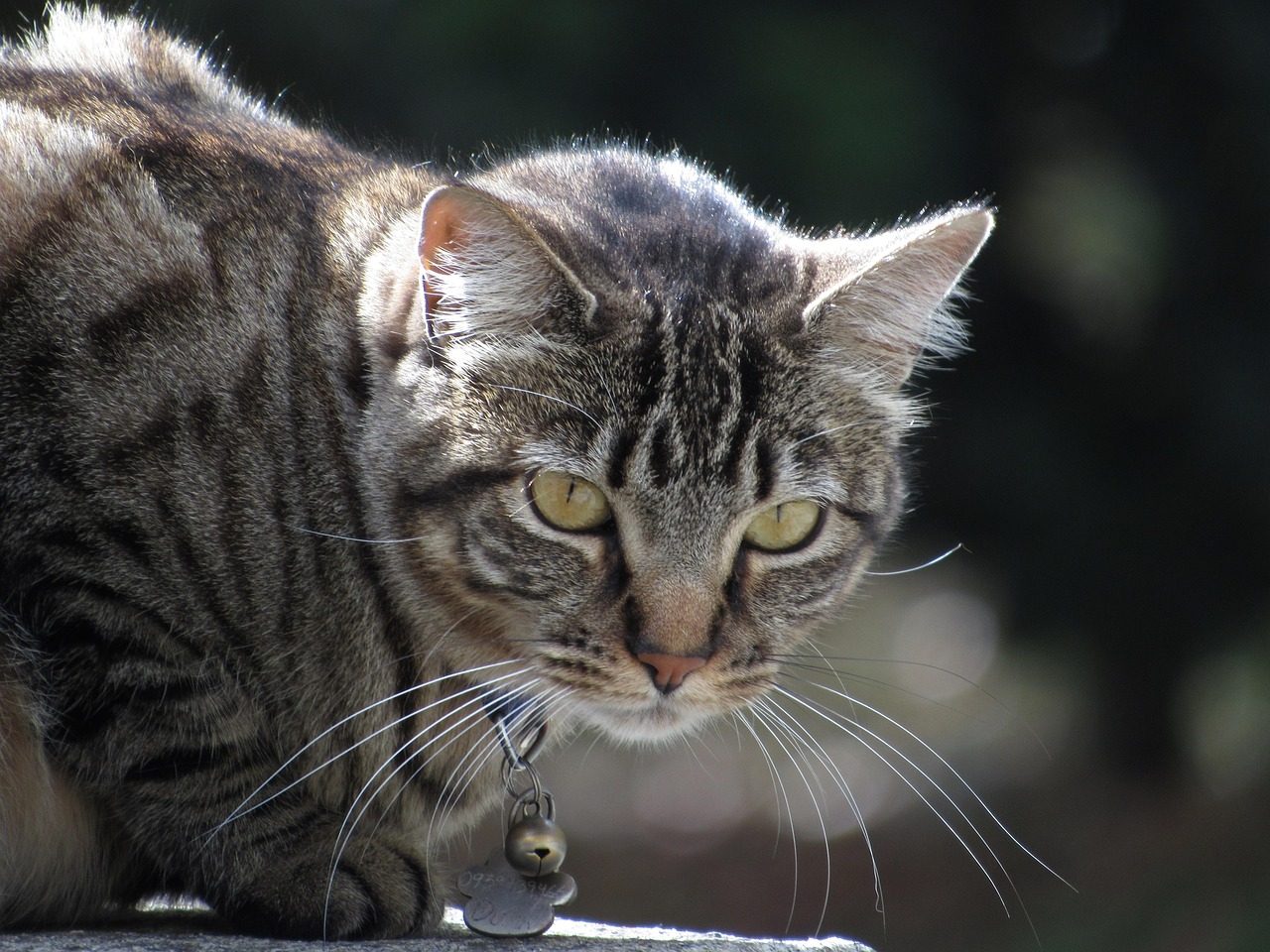
One of the most intriguing parallels involves patience and timing. When a cat is playing, it can clearly be seen tossing into the air any toys that are lying around or rolling them back and forth along the ground. It also deliberately stows them away under a box etc. and then later – even a few days later – comes back and waits patiently in front of the box, fishing at this hiding place with its paw. This behavior demonstrates remarkable strategic thinking.
Cheetahs employ similar patience in their hunting approach. Cheetah may often wait at a vantage point if a group of antelope are seen moving in their direction. Or they may approach an alert herd slowly and openly while the prey members stand and watch. Both species understand that rushing often leads to failure.
Cats will also deploy a “waiting” method while they’re hunting, especially if they have an area where they know prey likes to go. In this method, they get into a prime position and watch a specific area. When the prey passes through, they’ll pounce, jumping straight to the capture and kill portion of the stalking hunting method.
The parallel extends to play behavior where cats will position themselves strategically near favorite hiding spots or along pathways they know their owners frequent. They’re employing the same ambush tactics that make cheetahs successful predators on the African savanna.
The Batting and Wrestling Technique
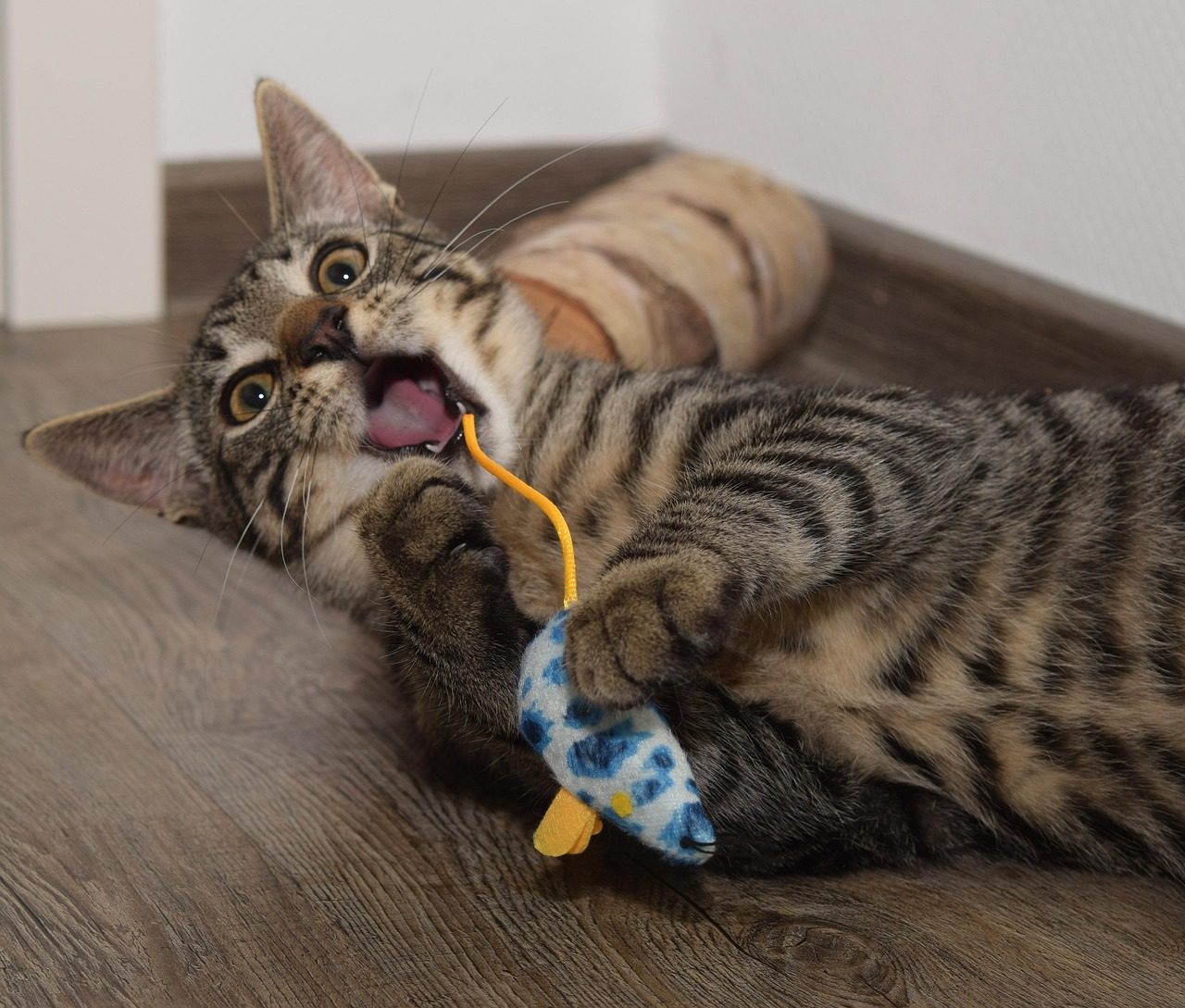
After the initial pounce, both domestic cats and cheetahs engage in a crucial phase of manipulation. If you’ve ever watched a cat hunting, you’ve likely noticed it doesn’t go in for the kill right away. Instead, you will watch as the cat bats the animal they’re hunting around a little bit. While this might seem counterintuitive to hunting, it makes perfect sense. Your cat is trying to tire out the prey before going in for the kill simply as a form of enrichment.
Why do cats pounce and then seem to play with their prey and bat it around for a while? Although it may seem like your cat is just playing around with the toy, cats have an instinct to kill the prey with a bite to the neck. Since cats use a lot of energy on the pounce, they need to make the kill as quickly and with the least amount of effort as possible. This means they need their prey to be in the right position. That’s why you’ll see your kitty bat or toss her prey around prior to biting it.
Cheetahs demonstrate remarkably similar post-capture behavior. When a cat bats around its prey after the initial pounce, it may seem like they want to “play” with their catch. But in reality, the cat is tiring out the animal until it’s safe to go in for the killing bite. And when you think about the animals your cat might usually prey on, this makes a lot of sense. Mice and rats have sharp incisor teeth that can bite and injure your cat. Birds’ beaks are pointy and can cause damage, too.
The batting behavior serves multiple purposes: it disorients the prey, positions it correctly for a clean finish, and protects the predator from injury. Your cat’s enthusiastic wrestling with toys reflects this same strategic manipulation technique.
Energy Conservation Patterns

Perhaps most surprisingly, both species show nearly identical patterns of energy management. In the wild, cats will have to conserve energy and hunt at any opportunity, even if they are not hungry. Cats in the wild have the best chance to hunt after a nap when they are well-rested. Even though your cat at home doesn’t have to hunt for its dinner, it still has this behavior imprinted into its daily routine.
Cheetahs follow strikingly similar energy conservation strategies. Cheetahs are sprinters, not long-distance runners. They are easily winded after their incredible bursts of speed. Researchers have even found that a cheetah’s temperature can instantly rise up to 105 degrees during a chase. This requires them to rest after each hunt.
Your cat’s behavior patterns mirror this perfectly. Cats have a bad reputation for sleeping for long hours during the day. But, when your cat wakes up, they always have loads of energy and will instantly snap into play mode. Your cats may zoom around the house during all hours of the night, attacking and playing. While it may be disruptive to a person soundly asleep, this behavior is entirely instinctual.
Both species understand that success comes from strategic energy allocation. Rather than maintaining constant activity, they rest extensively to fuel those crucial moments of explosive action. This explains why your cat can go from dead sleep to ninja-level athleticism in seconds.
The Learning and Refinement Process
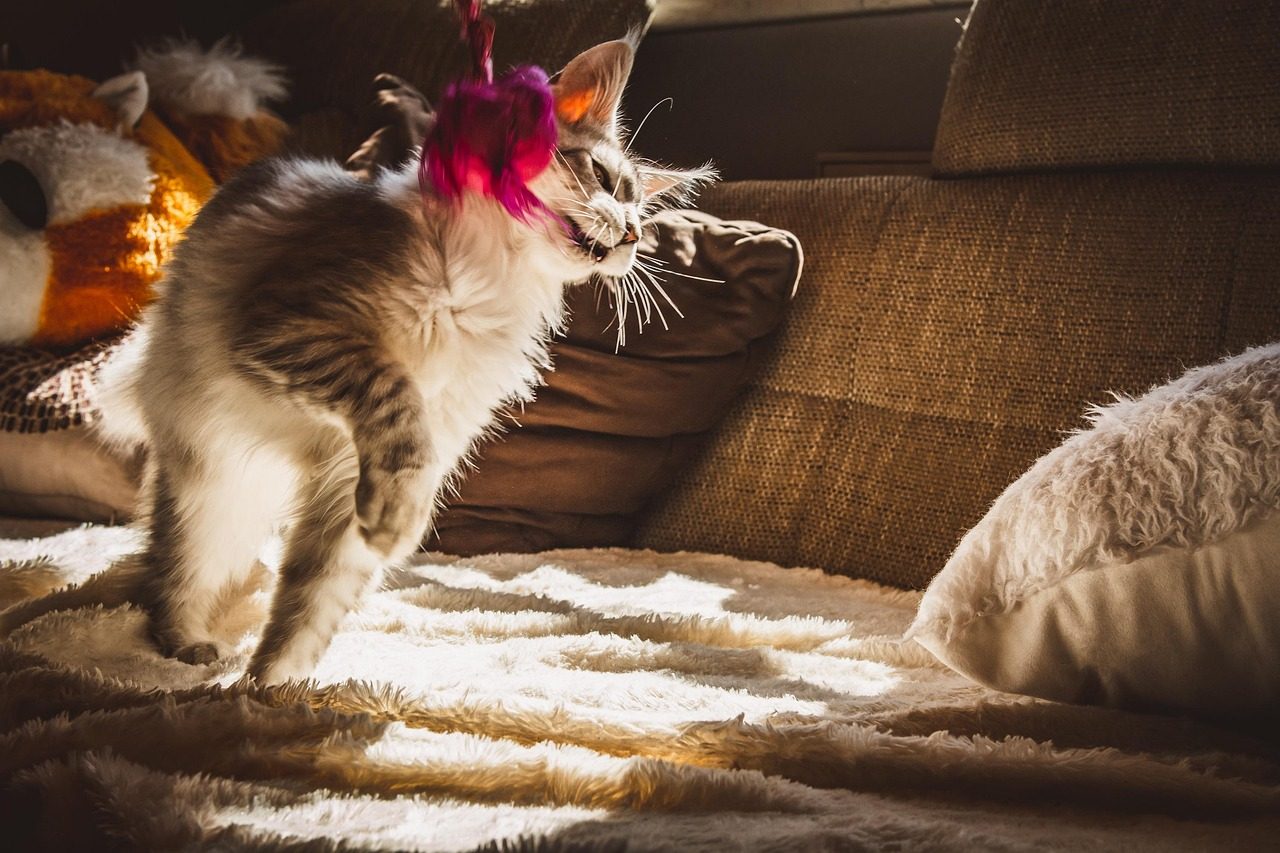
Both domestic cats and cheetahs demonstrate continuous improvement in their techniques through practice and repetition. Behavioral tracking studies reveal clear learning curves in play, with kittens and young cats improving skills such as timing, distance judgment, and grasp precision through iterative mock hunts. For instance, enriched play environments foster progressive skill development, transitioning from erratic attempts to more targeted strikes, thereby enhancing overall predatory competence.
Cheetah cubs follow remarkably similar learning patterns. Between the ages of two and three months, cubs begin to accompany their mother on the hunt, though at first they appear to be merely along for the ride. “They simply trot after her or run or walk to the prey but rarely show adult hunting behavior,” says Caro. Such behavior entails stalking a little, then – if the cat might be noticed – freezing and waiting until the prey loses interest before moving as close as possible to decrease chase distance.
Your cat’s play serves the same educational function that hunting expeditions provide for cheetah cubs. Most play behavior in cats can also be classified as ‘rehearsal’ behavior, designed to prepare them for real-world applications. What looks like lots of fun is also helping cats practice their hunting, fighting, and mating techniques if and when they need them in the future.
Even adult cats continue refining their skills through play, just as adult cheetahs maintain their abilities through regular hunting. Kittens can master the pounce as early as nine weeks old. Even older cats still enjoy a stalk and pounce every once in a while. Whether the cat is young or old, the predatory dance sequence is pretty consistent and cats rarely pounce without first settling into a spot and preparing their back legs. This lifelong commitment to skill maintenance explains why even the most pampered house cat retains such impressive hunting abilities.
The parallels between your cat’s playful antics and a cheetah’s deadly serious hunting run deeper than simple coincidence. They represent a shared evolutionary heritage that millions of years haven’t erased. Every time your cat crouches behind a corner or wiggles before pouncing on a toy mouse, they’re channeling the same instincts that make cheetahs the ultimate predators of the African plains.
Understanding these connections helps us appreciate the remarkable complexity hidden within our cats’ seemingly simple play behaviors. Your living room tiger carries the heart of a wild hunter, and their playtime provides a fascinating window into the predatory strategies that have ensured feline success across millennia. What do you think about these amazing parallels? Tell us in the comments.





